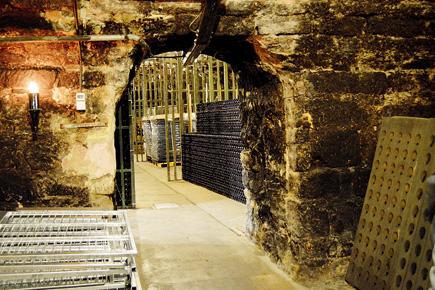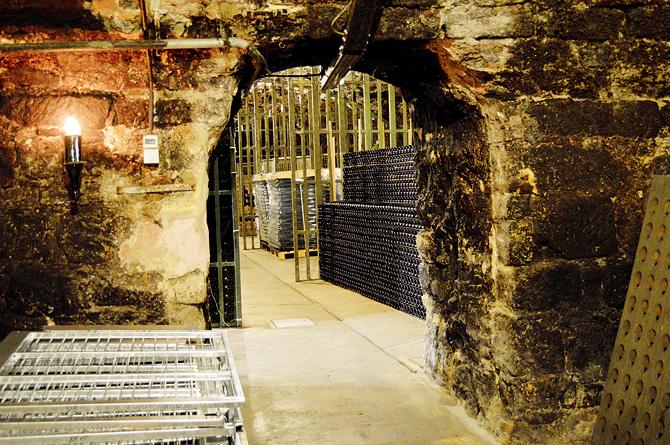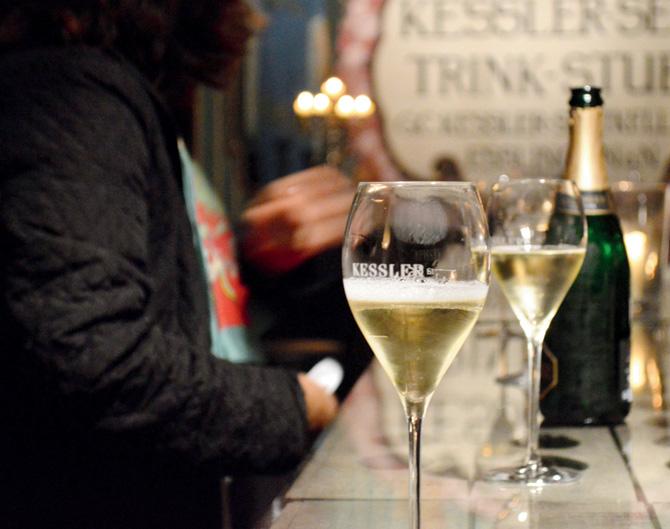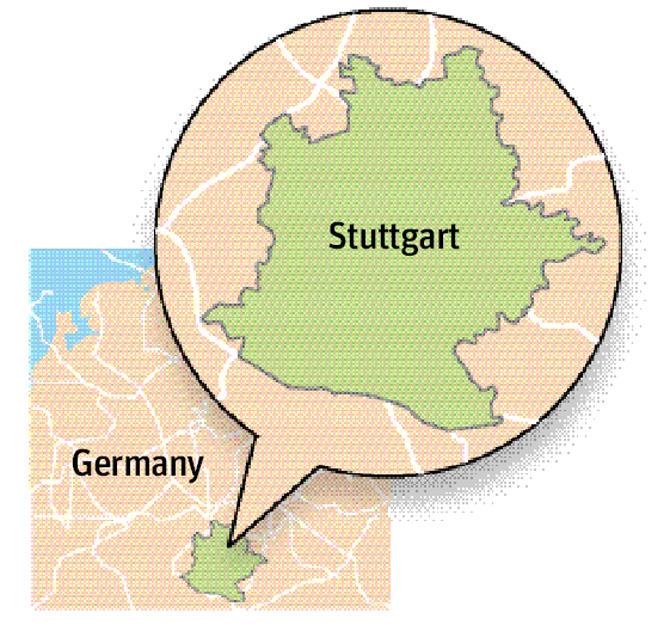Here’s what happened when we stepped into a cellar in the heart of Baden Wurtterberg

Kessler House
Adventure
Tour & Taste
Relaxing
Educational
Ancient & Historical
ADVERTISEMENT
When you think of Germany, the first image that comes to mind is luxury cars and football. However, the home of Mercedes, the Beetle and the Porsche, southwest Germany also has a rich vineyard culture. Here is an industry that flourishes around the local sparkling wine, Sekt. In fact, its most famous brand, Kessler, turned 180 this year.

During the 175th year of its celebration, Kessler House was opened to the public for the first time. A wine cellar tour was offered in 2001, turning it into a popular tourist attraction
That brings us to the famous city of Esslingen in Baden Wurttemberg, which is situated 14 km from Stuttgart. The drive through the lush countryside is a treat. As you approach Esslingen, the green vineyards and neo-gothic structures welcome you to the medieval city.
Our first stop is Kessler House, for a tour of the underground cellar. But one needs to carry a jacket to enter the chilly cellar.
Humble beginning
In 1826, Georg Christian von Kessler founded what is today considered the oldest Sekt winery in Germany in Esslingen. Kessler had honed the art of making sparkling wine at a champagne company in the Rheims. He rose through the ranks to become part owner and director of the company.

Kessler offers a range of sparkling wines in its vintage and classics range. Blance de Blance extra brut, Riesling extra brut, and Rose de Pinot brut make up its vintage collection. While, Chardonay brut, Riesling brut, Rose brut and Cabinet brut make up the classics
By mid-19th century, he had been appointed purveyor to the courts of several kings and princely dynasties in Germany and across the world.
Sekt stands out for its deft blend of meticulous craftsmanship and Swabian understatement. Only certain grapevine varieties have the potential to become a harmonious, yet distinctive sparkling wine. Only reputable wine estates and classic areas of vineyard cultivation are reserved for them across Europe. Grapes like the Riesling and Klevner are specially cultivated for production of sparkling wines in the region.

Keeping it local
Kessler began experimenting by producing sparkling wines from German wines in his family estate. In 1827, King Wilhelm I of Wurttemberg presented Kessler with the Great Agricultural Service medal for promoting the production of quality wines in the country.
Kessler’s presence changed the fate of the local vineyards and made it a regular in aristocrat circles.In 1832, Kessler acquired the first of its vaulted cellars below a church, which were initially used by monks. In the early days of production, the bottles could not withstand the internal pressure and, therefore, burst, leading to losses of up to half of the annual production. It was only after the manufacture of robust glass in Germany that Kessler was able to sustain production.
By 1881, Kessler was appointed the official supplier to the Royal court of Wurttemberg and his sparkling wine was stocked in the cellars of the royal family, including Queen Olga of Wurttemberg and niece Vera, Grand Duchess of Russia.
Of wines and wars
During the World Wars, the towns in the region were bombarded, leading to huge losses. Thousands of cellars were destroyed and only women were associated with the production of wine as the men were drafted into the army. During the Second World War, Kessler Sekt was produced mainly for consumption by the military. It was only post 1950, that the Sekt industry recovered and found its feet again.
1,00,000
Kessler’s sale of bottles during its 125th year in 1951
 Subscribe today by clicking the link and stay updated with the latest news!" Click here!
Subscribe today by clicking the link and stay updated with the latest news!" Click here!








